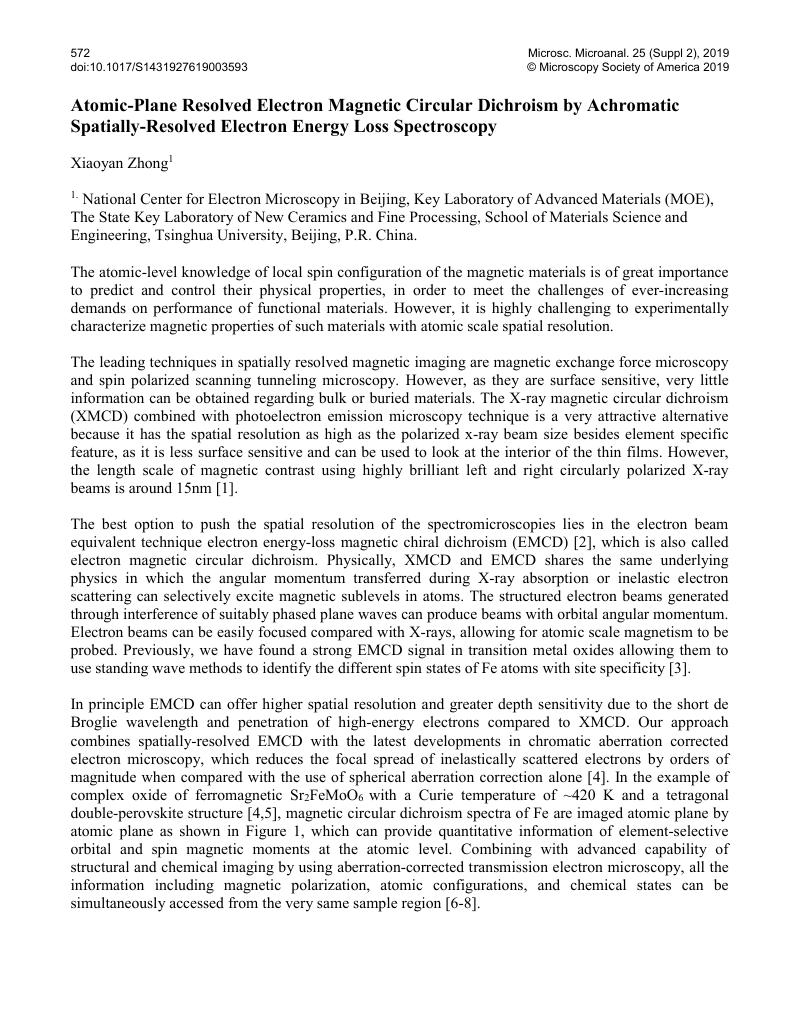Crossref Citations
This article has been cited by the following publications. This list is generated based on data provided by Crossref.
Yang, Xin
Luo, Chen
Tian, Xiyue
Liang, Fang
Xia, Yin
Chen, Xinqian
Wang, Chaolun
Liang, Steve Xin
Wu, Xing
and
Chu, Junhao
2021.
A revew of in situ transmission electron microscopy study on the switching mechanism and packaging reliability in non-volatile memory
.
Journal of Semiconductors,
Vol. 42,
Issue. 1,
p.
013102.



